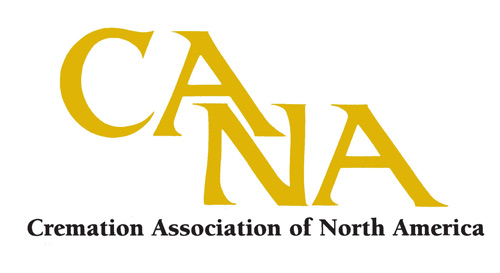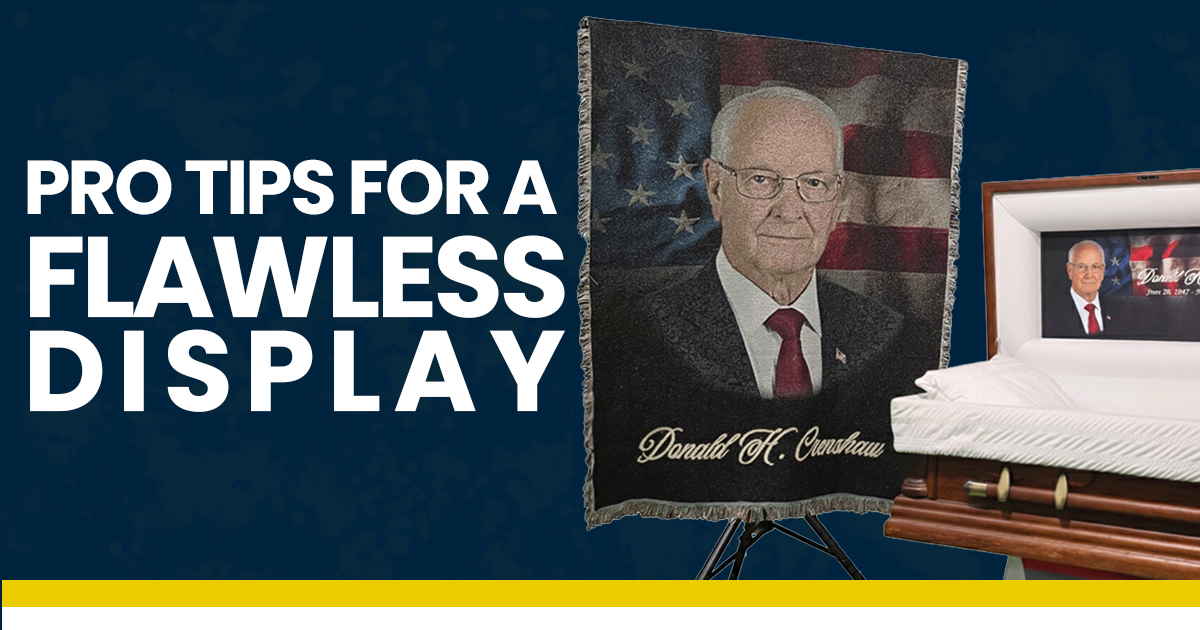Radiation Contamination Following Cremation: Medical Community Indicates Risk of Exposure is “Minimal”
WHEELING, IL— A research letter, titled Radiation Contamination Following Cremation of a Deceased Patient Treated With a Radiopharmaceutical and published on February 26, 2019 in the Journal of the American Medical Association (JAMA), recently created unwarranted fear and panic in the death care community. In the letter, Dr. Nathan Yu (et. al) discussed the case study of a business in Arizona that cremated a 69-year-old man with pancreatic cancer in 2017.
The deceased had been treated with an intravenous radiopharmaceutical for a pancreatic tumor. He died five days later. When the medical staff became aware of the cremation, they notified the crematory and the cremation chamber, equipment, and staff were all tested for exposure to radiation. The equipment was found to have traces of contamination, as was a urine sample from one crematory operator (but it was a different isotope from the one used in the patient’s treatment). The contamination levels were below the limits set by the U.S. Nuclear Regulatory Commission. In conclusion, because this is only one studied instance, Dr. Yu recommended further testing to gather more data and better understanding.
CANA received calls from members who are concerned about potential exposure and risk to their employees. In response, the association did some research and quickly put together new and updated resources and information from the medical community, including links to an on-demand free webinar, Radioactive Decedents: What is the Risk?, by Jeffrey Brunette, MS, CHP, a health physicist who works for the Mayo Clinic in Rochester; detailed guidelines from the Canadian Nuclear Safety Commission that cover the most common isotopes; and a release statement from the American Association of Physicists in Medicine titled Low Risk of Radioactive Contamination from Cremation When Proper Safety Procedures Followed. CANA’s latest Cremation Logs blogpost, a Practical Guide to the Radiation Misinformation, summarizes the events of the past week and provides helpful links to several sources of information. The good news is that these sources indicate that the risk of exposure is “minimal.”
Because radiopharmaceuticals are seen as promising treatments and will likely be more widely used in the future, CANA emphasizes that now is the perfect time to engage employees in reviewing policies, procedures, and training. “The best defense is a good offense,” said CANA’s Executive Director, Barbara Kemmis, in a message to members. “I encourage practitioners to read and share the information we are collecting with all staff to ally questions and concerns and discuss current policies and procedures.”
CANA recommends asking every family for detailed medical information to properly understand and respond to potential risks. Just as families are asked about the presence of pacemakers, practitioners should also inquire about nuclear medicine treatments. Paul Harris of Regulatory Support Services encourages all funeral home, crematory, and cemetery owners to ask the pertinent questions of their families. Cause of death is the first indicator that a case is at risk for radiation therapy, but all
families should be asked in the case of death unrelated to their ailment. In many cases, families may be unaware or not understand the procedures the decedent has undergone. In these cases, it may be necessary to ask for a Health Insurance Portability and Accountability Act (HIPAA) release form to contact the medical provider yourself. Asking the radiologist for information on the treatment and about the specific isotope and its half-life is the best way to determine when (or if) it is safe to cremate or embalm the body. Depending on the isotope and when the treatment was administered, this could take
weeks or even months.
About CANA
Founded in 1913, the Cremation Association of North America (CANA) is an international organization of over 3,300 members, composed of funeral homes, cemeteries, crematories, industry suppliers, and consultants. CANA members believe that cremation is preparation for memorialization.




